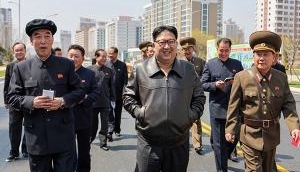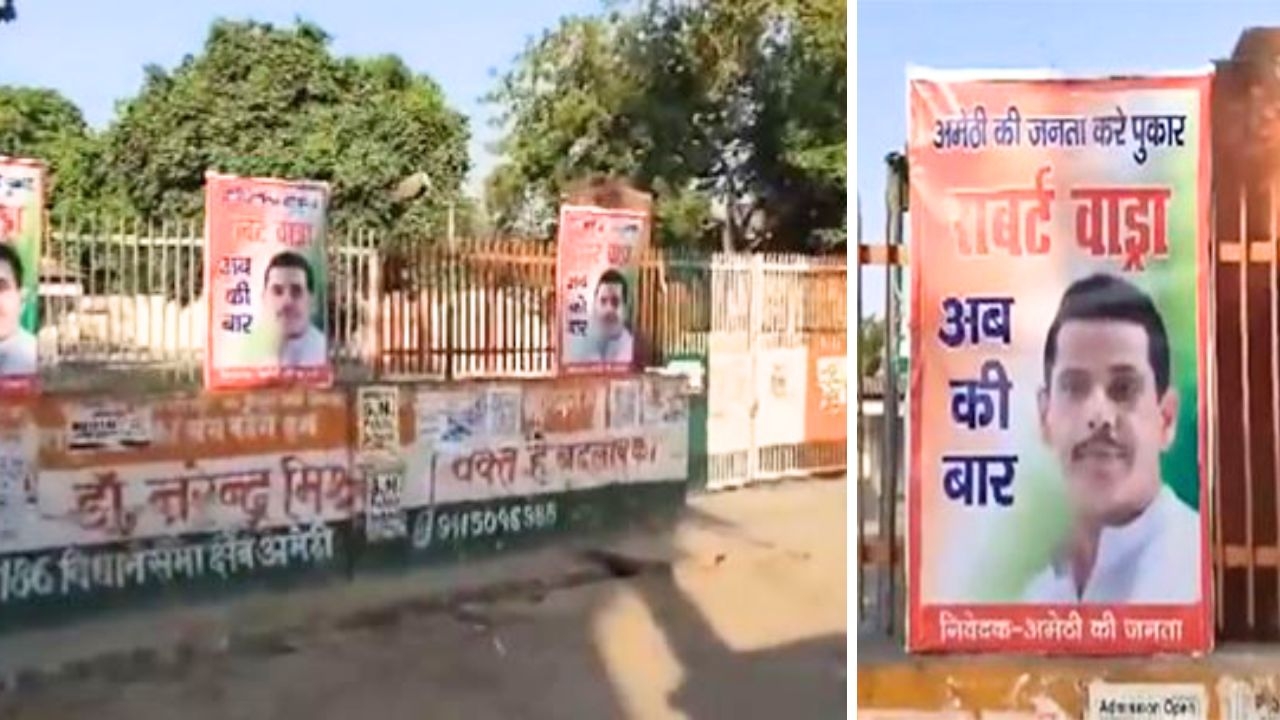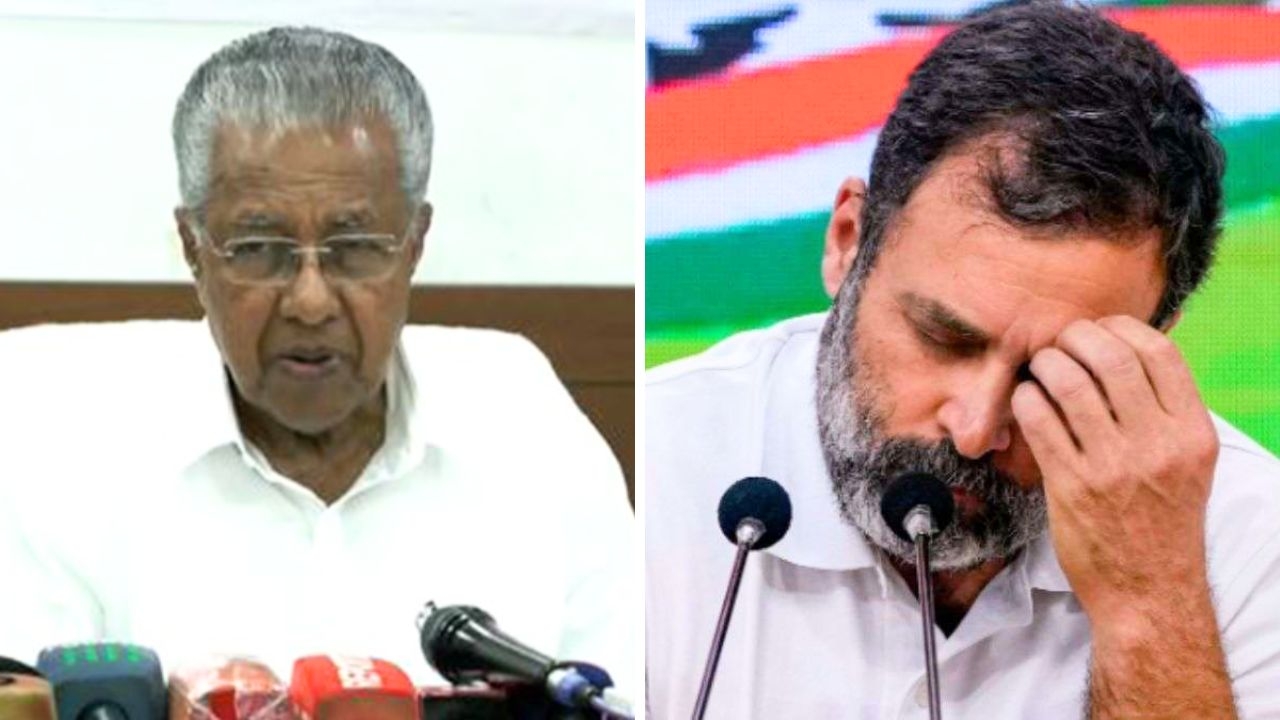Doklam: How India misjudged China’s intentions and it escalated into a major standoff

The India-China military standoff at Doklam was apparently based on Indian misperception of Chinese intentions.
An alternative narration of events leading to the military standoff suggests that the skirmish might have been blown out of proportion and was completely unnecessary. And even though eventually the standoff was resolved through diplomatic negotiations, India was not a net gainer at the end of it.
The Chinese army personnel are still present at a distance of 250 metres from the site of the confrontation. This is where they were before June 16. The Indian Army meanwhile has vacated the area that the Chinese wanted vacated.
According to sources in the security establishment, the standoff which was projected as a result of Chinese road construction activity in the Doklam area was anything but that. A Chinese motorable road apparently already exists in the area. It has been there since 2003 or 2005, according to different estimates.
The standoff, according to these sources, had its origins not in any road-construction activity in the disputed area between China and Bhutan but in the destruction of two Indian Army bunkers in the area.
There are apparently two dozen bunkers in that area. Known as Self-Help Bunkers (SBH), they are not occupied all the time. The Chinese have for long objected to two bunkers that they claim have been built in an area which is within their perception line of their border with Bhutan.
Although Bhutan claims the area, Indian Army units under the control of 17 Mountain Division at Gangtok in Sikkim, patrol it. This includes the area where the two disputed bunkers are located.
The Chinese periodically use bulldozers to destroy the two bunkers whenever they are unoccupied. The Indian Army units patrolling the area equally periodically reconstruct them. This is not considered unusual activity in a disputed border area. Since this is China’s border with Bhutan but is patrolled by the Indian Army, the issue is never raised to a higher pitch.
In November 2007 also the Chinese Peoples’ Liberation Army (PLA) had moved into Bhutan's Doklam Plateau and demolished a hut close to some Indian bunkers. The hut was apparently a rest house used by the Indian Army. The Indian side kept the matter quiet as the bunkers were located in Bhutan but manned by Indian Army personnel. In July that year, the PLA had also written to the 17 Mountain Division Headquarters about two “illegal” Indian bunkers but they were at Batangla near the disputed tri-junction (where the borders of India, Bhutan and China meet) warning of “adverse consequences” if they were not removed. The matter was swept under the carpet as the two armies were to conduct joint exercises a month later in December 2007. In 2008 also the PLA had destroyed two bunkers in precisely the same area in Doklam where this June’s standoff took place.
Whenever new Indian Army unit are deployed in the area, the outgoing units apparently don’t inform the incoming unit that the breaking and reconstruction of these two bunkers in particular takes place routinely.
According to sources, this summer when a new army unit was deployed for patrolling the area they decided to spruce up the bunkers, including the two disputed ones. The PLA soldiers suddenly saw something new happening– the Indian soldiers were painting the two bunkers in question in regulation brownish-saffron army colour. The PLA soldiers could not comprehend the enthusiasm of the newly deployed Indian army unit and thought that something more permanent was being built.
Predictably, when the bunkers were unoccupied, the PLA brought out its bulldozers and demolished the bunkers. When the Indian patrol discovered this, not knowing the previous history of such demolitions and reconstructions, they informed their superior officers about the aggressiveness of the Chinese.
The message that Chinese bulldozers were in action in Doklam, according to sources, went all the way up to the Major General who is the General Officer Commanding of the 17 Mountain Division based at Gangtok. He in turn informed his bosses in Army Headquarters in Delhi.
Sources claim that the Chinese use of bulldozers was linked to possible road construction activities by the army authorities sitting in Gangtok. They presumed that the Chinese were extending the existing road from Doka La (Doka Pass) through the Doklam Plateau towards the Bhutan Army camp at Zompelri near the Jampheri Ridge.
In a fact sheet issued on 2 August, Beijing also claimed that Indian soldiers had interrupted road-building activity by the PLA in the Doklam area on 18 June 18 and that India had been informed in advance about its road-building activity in the area. India also brought in bulldozers into the disputed area.
How does this square with the claim that the confrontation with China started over the destruction of two Indian Army bunkers? Security sources who questioned the nature of the confrontation still insisted that there was no road-building activity going on when the stand-off began on 16 June 16.
They said it was quite possible that the Chinese intend to build a road in that area and that often the Chinese strengthen their claim to disputed areas by starting construction activities there. The Indian side, they claimed, perhaps aware of the road-building intention of the Chinese, escalated the issue all the way to Delhi.
“The fact remains that the confrontation began with the local Indian Army patrol complaining of the Chinese destroying their two bunkers,” they said.
The senior army officers in Delhi also believed the road construction theory and instructed the local army unit to prevent any road construction and stay put. Bhutan was taken on board and a full-scale military standoff began. General Bipin Rawat in fact visited both the 17 Mountain Division at Gangtok and the 27 Mountain Division at Kalimpong to boost the morale of his forces and take stock of the ground situation.
The Chinese, meanwhile, could not fathom why India was over-reacting. The Chinese media went on the offensive; and on the Indian side, security experts exaggerated and overplayed the strategic threat to India from the Chinese road construction activity. A full-scale propaganda war over claims, counter-claims and charges and counter-charges began.
At the end of it, through a “near-simultaneous” withdrawal of forces to pre-June 16 positions, the standoff was resolved. Both sides claimed victory but the Chinese went back only 250 metres while to maintain peace India had to give up patrolling the area where two destroyed bunkers had existed. The Chinese got what they wanted.
Although the military standoff is behind us, perhaps an assessment still needs to be made of the strategic cost-benefit analysis of the confrontation, the nature of information flow, the response and analysis systems within the Indian armed forces and the wisdom of the current crop of Indian Army commanders.







![BJP's Kapil Mishra recreates Shankar Mahadevan’s ‘Breathless’ song to highlight Delhi pollution [WATCH] BJP's Kapil Mishra recreates Shankar Mahadevan’s ‘Breathless’ song to highlight Delhi pollution [WATCH]](http://images.catchnews.com/upload/2022/11/03/kapil-mishra_240884_300x172.png)

![Anupam Kher shares pictures of his toned body on 67th birthday [MUST SEE] Anupam Kher shares pictures of his toned body on 67th birthday [MUST SEE]](http://images.catchnews.com/upload/2022/03/07/Anupam_kher_231145_300x172.jpg)






